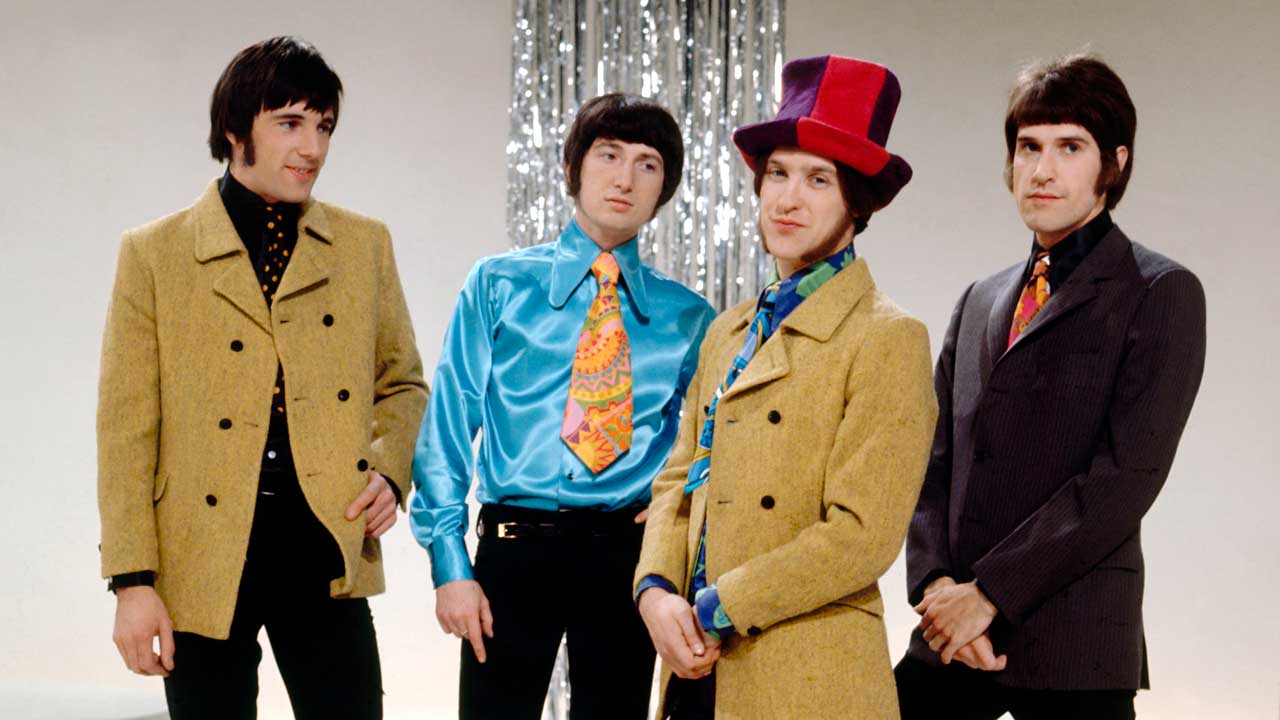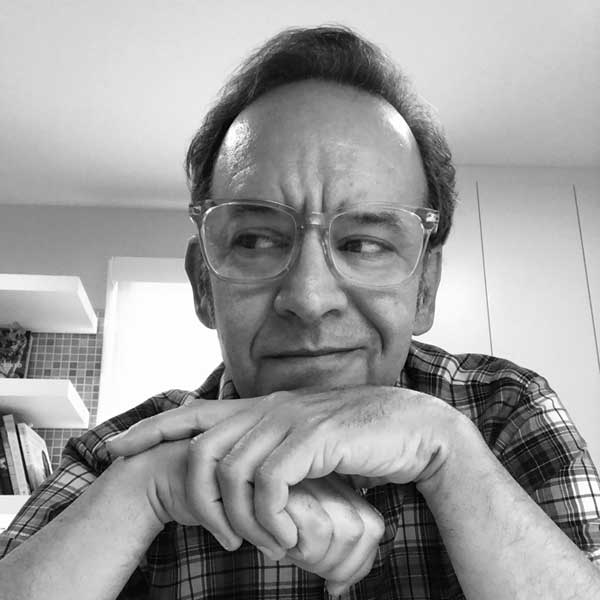One morning in February 1967, Ray Davies rolled out of bed in his little semi-detached house in North London, and there was a song waiting for him. “Waterloo Sunset came to me in a dream,” Davies tells Classic Rock. “I woke up and it was there.”
But the song that turned into one the signature hits of his band The Kinks, and an enduring anthem of London began as a love letter to a different city altogether.
“Originally I wanted to call it Liverpool Sunset,” Davies reveals. “I loved Liverpool and Merseybeat. But you know what they say as advice for writers – write about what you know. I knew London better than I knew Liverpool. So I changed it.
“Waterloo was a pivotal place in my life,” he continues. “And I saw several Waterloo sunsets. I was in St Thomas’ Hospital there when I was really ill as a child, and I looked out on the Thames. Later I used to go past the station when I went to art college on the train. And I met my first girlfriend, who became my first wife, along the Embankment at Waterloo.”
Appropriate for a song born in a dream, the lyric had a dappled, impressionistic feel that is more about mood than about linear storytelling. As Davies free-associated on memories of his youth, two names spilled out unexpectedly.
“As soon as I sang ‘Terry and Julie’,” he recalls, “it seemed that they didn’t need description. With records, I like to let the listener do some work and conjure up some images in their own way. If everybody could draw a picture of Terry and Julie, they’d all draw a different picture, according to people they knew.”
At the time, many were convinced that the names referenced one of Swingin’ London’s ‘it’ couples: actors Terence Stamp and Julie Christie. Davies, who has always been protective of the song’s mystique, denies the connection, commenting:
“I think the characters have to do with the aspirations of my elder sisters, who grew up during the Second World War and missed out on the 60s. I was thinking of the world I wanted them to have.”
With the song still missing a bridge, Ray played it to his brother Dave. “I had a feeling it was going to be a hit,” the younger Davies wrote in his autobiography, Kink. “It had a wonderfully hypnotic descending bass line contrasting magically with rising vocal harmonies, gentle but stirring textures. Immediately, we started ad-libbing vocal parts around the chorus.”
When Ray took it to the band’s long-time producer, Shel Talmy, for a listen, he was equally impressed.
“Ray was one of the more prolific writers I’ve ever known,” Talmy says. “It seemed like he would write a dozen songs overnight, then he’d come and play them for me, and I’d choose the ones I thought were great. In the time that I worked with him, the four that stood out as sure-fire number-one singles were You Really Got Me, Tired Of Waiting For You, Sunny Afternoon and Waterloo Sunset.”
On March 12 the band gathered in the tiny basement studio at Pye Records in London’s Marble Arch to tackle the backing track for Ray’s new song, and recorded it live to four-track. But exactly who produced the session has long been the subject of debate. During the making of 1967’s Something Else album, The Kinks and Talmy ended their partnership. Ray has said that he wasn’t happy with early takes of Waterloo Sunset so he produced it himself. Talmy disagrees: “It’s my record, and I don’t know what else to tell you. All the records in which I was listed as the producer, I produced.”
Whatever the truth, there’s no disputing that the band’s performance, which Davies calls “sparse but tightly arranged”, was magical. After Ray added his lead vocal he overdubbed a cascading choral arrangement of ‘ooh’s that featured Dave, bassist Pete Quaife, and Ray’s wife Rasa. But there was still one final touch needed.
Of this Dave Davies wrote: “We messed around with various guitar ideas and sounds before we finally tried working the guitar part through a tape delay. It worked like a dream.” In a springtime ripe with such dream-like classics as A Whiter Shade Of Pale and Strawberry Fields Forever, Waterloo Sunset was perfectly in sync, and climbed to No.2 in the UK chart.
For Ray Davies, one early memory about the song’s first chart run stands out: “I remember a moment with Jimi Hendrix and I, when we were on Top Of The Pops together. We met in the corridor, and he said: ‘Man, I love your tune.’ And he played Waterloo Sunset, just hammering the notes with his left hand, with that wonderful Hendrix feel.”
Hendrix wasn’t the only star who loved it. Pete Townshend has called it “divine”, while Paul Weller and Damon Albarn have both said it’s their favourite song. Critic Robert Christgau called it “the most beautiful song in the English language”. It was No.42 in Rolling Stone’s 500 Greatest Songs Of All Time, and London Time Out named it the Anthem Of London. And if cover versions are the highest form of flattery, Ray can also count David Bowie, Def Leppard and Peter Gabriel as fans of the tune.
For all its accolades, Waterloo Sunset came to be something of an albatross for Ray. In 1976 he said: “What worries me is when people hear my [new songs] and they say: ‘Oh yeah, that’s Ray’s next Waterloo Sunset.” Then in 1979, when queried about the song, he groused: “Graham Greene can’t write Brighton Rock forever. Writers can only keep going with new ideas.” But by 2010’s See My Friends, Ray’s album of collaborations on Kinks classics, he obviously felt comfortable enough to revisit the song, with duet partner Jackson Browne.
While Ray loves hearing different cover versions of what has become his signature song, he admits that “nothing can recapture the original Kinks record. When my brother’s guitar comes in, something magical happens.”

